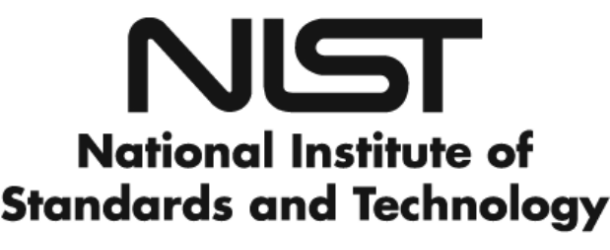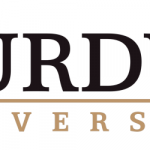NIST Physicists Build Hybrid Quantum System by Entangling Molecule With Atom – Could Enable Large-Scale Quantum Computers

(SciTechDaily) Physicists at the National Institute of Standards and Technology (NIST) have boosted their control of the fundamental properties of molecules at the quantum level by linking or “entangling” an electrically charged atom and an electrically charged molecule, showcasing a way to build hybrid quantum information systems that could manipulate, store and transmit different forms of data.
The new NIST method could help build large-scale quantum computers and networks by connecting quantum bits (qubits) based on otherwise incompatible hardware designs and operating frequencies. Mixed-platform quantum systems could offer versatility like that of conventional computer systems, which, for example, can exchange data among an electronic processor, an optical disc, and a magnetic hard drive.
The new methods could be used with a wide range of molecular ions composed of different elements, offering a broad selection of qubit properties.
The approach could connect different types of qubits operating at different frequencies, such as atoms and superconducting systems or light particles, including those in telecommunications and microwave components. In addition to applications in quantum information, the new techniques may also be useful in making quantum sensors or performing quantum-enhanced chemistry.



















